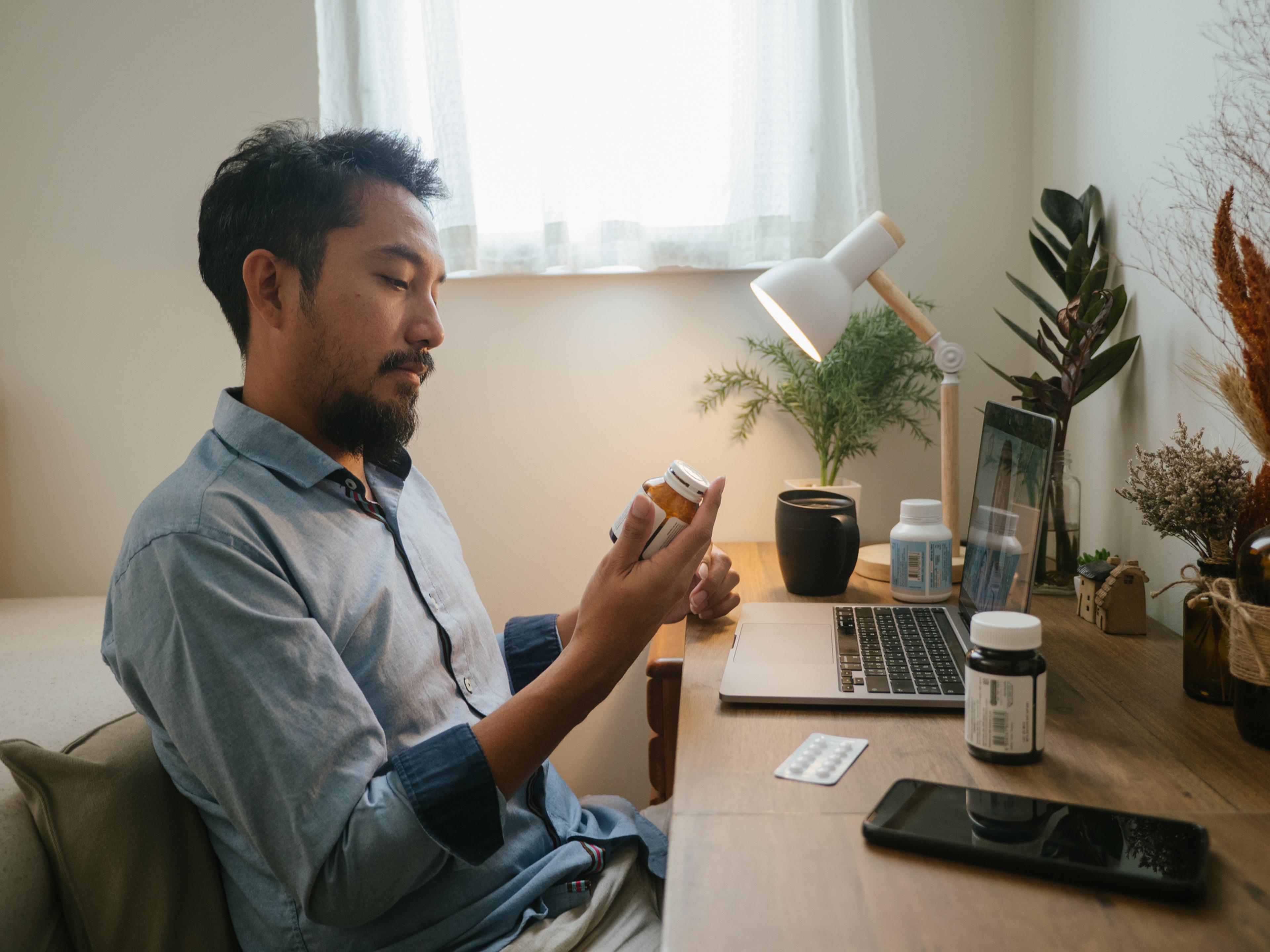
Prescription opioid pain medications can help you recover from certain surgeries, procedures and accidents with less discomfort, as well as manage pain from diseases like cancer. But there are risks if they are used inappropriately.
Overdoses involving opioids killed nearly 69,000 people in 2020. Common types are oxycodone (OxyContin), hydrocodone (Vicodin), morphine, and methadone. In 3.6% of counties in the United States, enough opioid prescriptions were dispensed in 2020 for every person to have one, according to the Centers for Disease Control and Prevention (CDC). While the overall opioid dispensing rate in 2020 was 43.3 prescriptions per 100 people, some counties had rates that were nine times higher than that.
Since opioid pain medications are sometimes a necessary part of the treatment of pain, it’s important to know the safest way to take them. Here are five important points to keep in mind if you are taking opioid-containing pain medications to treat pain not associated with cancer:
- Use them for the shortest period of time. By taking prescription opioid pain medications for months or years at a time, you have a higher risk of developing a tolerance to them. As a result, you may need higher doses to lessen your pain. Plus, your risk of becoming addicted to painkillers may go up the longer you take them. The CDC recently recommended using opioids for three to seven days for acute conditions. If at that point you’re still in pain, talk to your doctor about an alternative treatment plan.
- Don’t take a leftover opioid pain medication from an old prescription. If you tweak your back while doing yardwork, you might be tempted to just use a pill from an old bottle of Vicodin you have in your medicine cabinet. That’s not a smart idea. Just because a certain dose was right for you at one time doesn’t mean it’s the right strength for you right now. All opioid pain medication that is not used should be disposed of safely.
- Do not mix opioid pain medications with alcohol or other drugs. When alcohol and opioid pain medications are mixed, your ability to carry out functions such as driving or using machinery can be seriously impaired, leading to life-threatening situations like drunk driving. Also, use of certain medications, like sleeping pills or muscle relaxants, in combination with opioid pain medications can significantly increase your risk of an opioid overdose. Talk with your pharmacist or physician about the safety of combining opioid pain medications with any other drugs.
- Talk to your doctor about other ways to treat your pain if it is long term. There are medications that treat moderate pain that don’t contain opioids. There may also be interventions such as exercise or physical therapy that may address chronic pain issues.
- Be aware of addiction warning signs. It’s important to take your opioid pain medications as your doctor prescribed. If you start increasing your dose without talking to your doctor or start meeting with multiple doctors so that you can get extra opioid prescriptions, you might have a problem. Also keep an eye out for other signs of addiction, like that your painkiller use is causing issues with your family members or affecting your job.
Your doctor and pharmacist are the first people you should talk to about any concerns you have before starting to take prescription opioid pain medications or while on them. For more on the best way to handle different prescriptions, check out these other blogs:
- Do You Know the Two Kinds of Drug Side Effects?
- 5 Questions to Always Ask your Pharmacist
- Do You Know the Best Way to Store Medication?
Photo credit: George Carter





